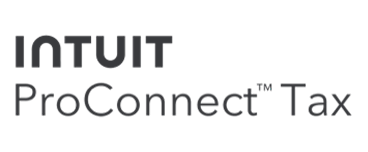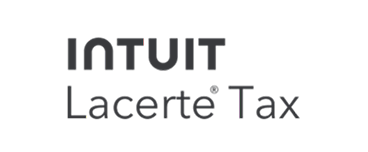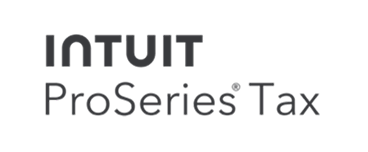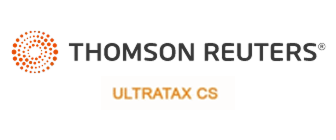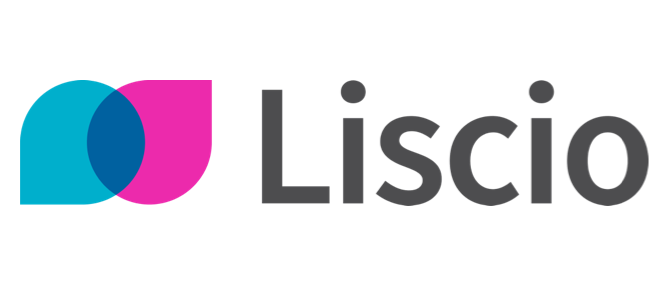
3 Ways Paper-Based Workflows Hold Your Accounting Practice Back
Here’s a large number for you: there are over 300,000,000,000,000 – that’s 300 trillion – paper documents printed worldwide each year. While we know that more companies are going digital, it’s evident that paper is still a significant component of businesses. The average US employee uses about 10,000 sheets of paper each year, and the average UK employee uses about 16,500 pieces annually.
In this blog, we dive into three ways paper-based processes impact workflow, morale, and your bottom line. Learn how to implement a paperless document management workflow for your practice in our eBook, The Digital Accounting Practice: How to Create and Sustain a Paperless Document Management Workflow.
1. Creates Inefficiencies and Leads to Errors
How much time do you and your staff spend scanning, printing, and filing paperwork? If you rely on outdated paper processes, the answer is most likely: too much time. In the State of Automation Report by SmartSheet, 40% of respondents said they spend a quarter of their workweek on repetitive tasks like those. Nearly 80% of respondents said automation would help them spend more time on rewarding assignments, and 86% said automation would make employees more productive and efficient.
It’s not just about creating efficiency. Manual processes are also more error-prone. We’ve heard it time and time again. Accounting staff are busy stuffing envelopes to get documents quickly out the door, only to get the papers or mailing labels mixed up. Consequently, a client receives a document that’s not theirs, and you aren’t notified until days later when the client finally informs you.
All this costs you time and money. A study by Corp! Magazine found that it costs $20 on average to manually file a document, $120 to find a misplaced document, and around $220 to reproduce a lost document.
2. Decreases Staff Satisfaction and Client Loyalty
Workflows that require repetitive, manual tasks – especially those that end up wasting everyone’s time – directly impact how your staff feel and think about work. “There’s nothing more annoying than when you’re doing your job and you keep getting roadblocks,” Sarah Jones from MoneyPad said on a SmartVault webinar. Staff need to be empowered to take ownership of their tasks, but that isn’t easy when they can’t see where the documents are and if there are any outstanding requests or action items.
A frustrated staff member isn’t as productive and happy as someone with an efficient workflow. And they’re not going to be staying with your firm for long.
Outdated processes also negatively impact how your clients think about your practice. If your staff are bogged down with manual tasks, they may not have the time or energy to ensure client satisfaction. Clients also appreciate working with practices that are easy to work with. They expect seamless communication, organized processes, and projects that stay on track. If you’re making it too hard to work with you or if your clients continue to experience issues, they’ll eventually leave your firm for a competitor.
3. Jeopardizes Data Security and Document Retention
Unintended disclosure – like mailing a document to the wrong client – and misplacing paperwork are two of the most common data breaches. “We need to ensure that we are handling all of our client data in a way that meets all regulations while giving ourselves and our clients peace of mind,” advised Robin Johnson, owner of TaxAssist Accountants Norwich North. Keeping data secure is hard when paperwork is scattered around, left on desks and printers, and put into unlocked filing cabinets.
How quickly would you recover when you lose data – whether it’s because of a natural disaster or a workflow error? If you relied too much on that paper you lost, recovery will be incredibly tedious, if possible. It’s estimated that 70% of businesses that use paper-based records would fail within three weeks.
Your clients aren’t going to repay you for recreating work that’s lost or for reproducing essential documents. But that’s the thing about paperwork – once it’s lost, it’s usually lost for good unless you have a backup. Even if you had a copy somewhere else, how would you know if it’s the latest version?
Follow Best Practices to Create a Paperless Workflow
Moving to a paperless practice can increase productivity, reduce errors, keep your data safe, improve customer and staff satisfaction, help the environment, and more. It seems like a no-brainer to ditch the paper, right?
There’s a lot to consider before making the switch. What is your current document management workflow? Are there areas where you can reduce manual tasks? What tech can you implement to help with your goals? How can you ensure your staff and clients will support a new, paperless process?
Learn how to answer these questions in our eBook, The Digital Accounting Practice: How to Create and Sustain a Paperless Document Management Workflow.
